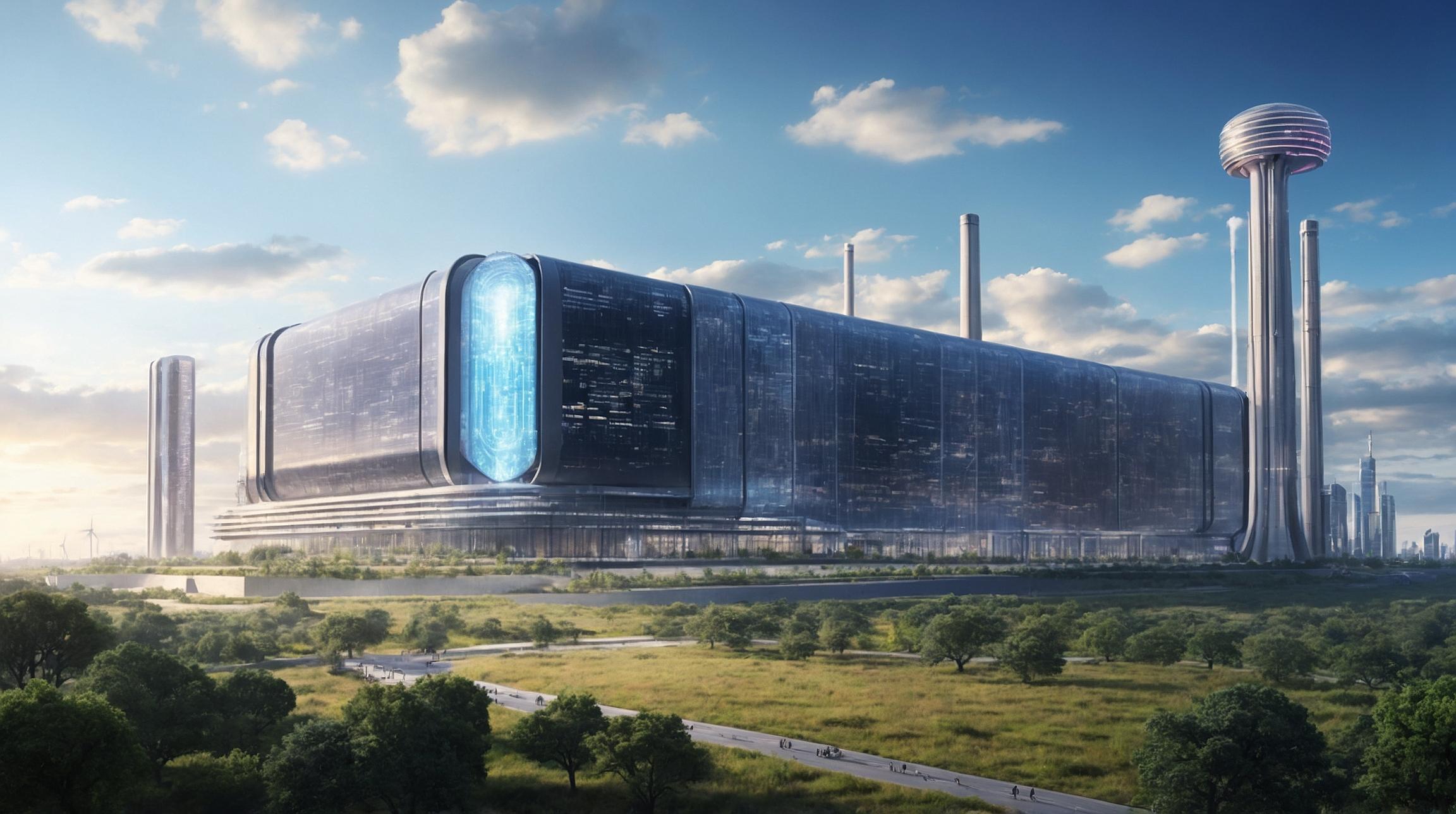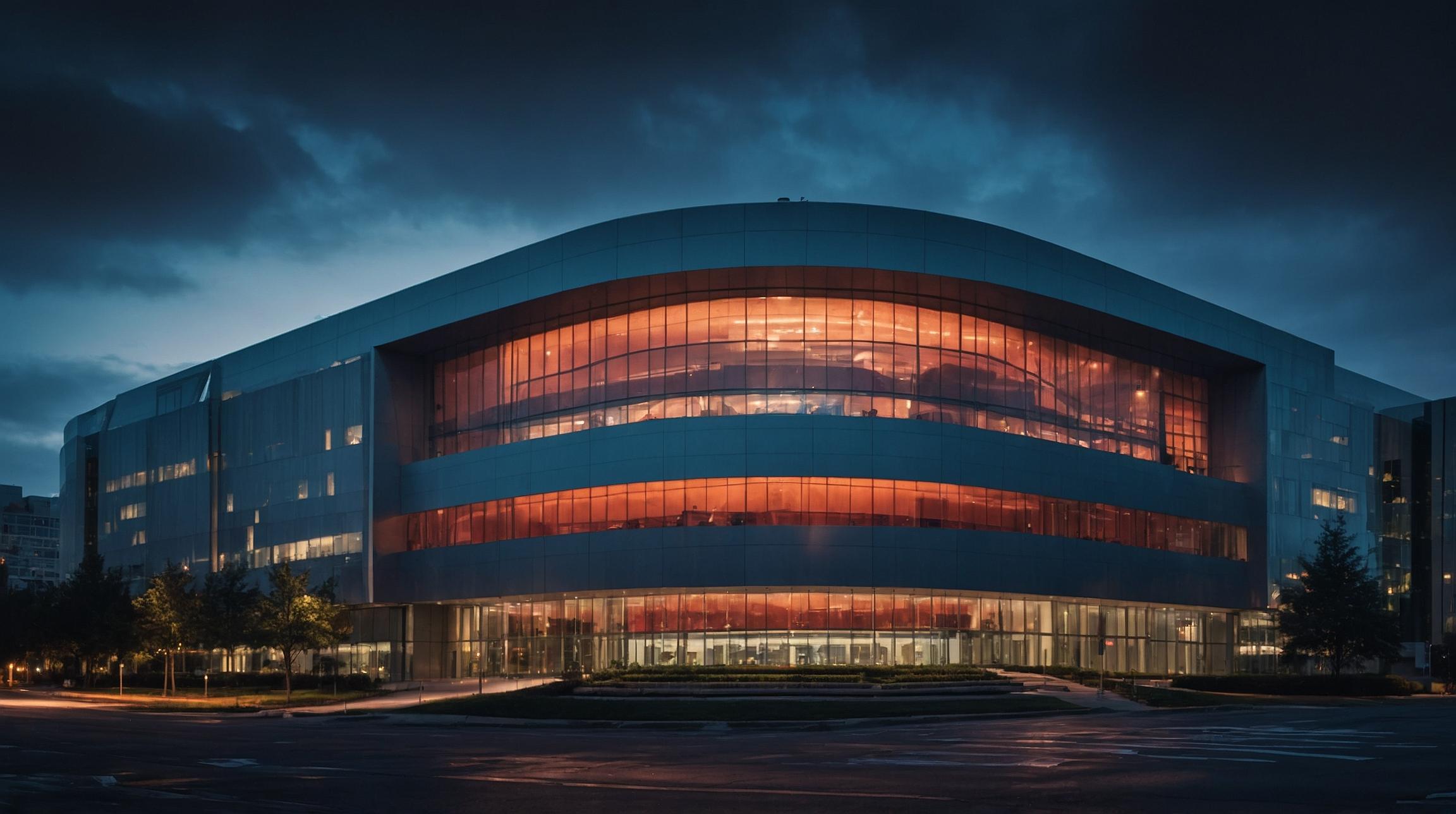OpenAI's Vision for Massive AI Infrastructure
OpenAI, the cutting-edge artificial intelligence research organization, has put forward a compelling proposal to the Biden administration. They are advocating for the establishment of data centers, each consuming as much power as entire cities, which they deem essential for progressing AI technologies and maintaining US competitiveness against global powers like China.
The Scale of the Proposal
To truly grasp the magnitude of OpenAI's proposition, consider the power requirement: 5 gigawatts (GW). This astronomical figure is comparable to the energy output of five nuclear reactors or the electricity needed to supply nearly 3 million homes. Such a scale underscores the ambition behind OpenAI's vision to turbocharge AI research and infrastructure.
Economic and National Security Imperatives
According to a document shared with White House officials, OpenAI asserts that investing in these robust data centers could yield substantial benefits, such as creating tens of thousands of jobs and uplifting the US GDP. More critically, they argue it is vital for preserving America's technological edge in AI development. To realize this vision, however, supportive policies that enable increased data center capacity are deemed imperative.
Strategic Partnerships and Challenges
OpenAI CEO Sam Altman has been proactive in rallying a global coalition of investors to fund this massive infrastructure, while simultaneously seeking endorsement from the US government. Recently, a significant development occurred: Microsoft, OpenAI's largest investor, entered a 20-year agreement with Constellation Energy Corp. to restart the dormant Three Mile Island nuclear facility, solely to power Microsoft's future data centers.
Engineering and Logistical Hurdles
Despite the promising prospects, the implementation faces significant hurdles. According to Joe Dominguez, CEO of Constellation Energy Corp., the construction of even a single 5 GW data center presents formidable engineering challenges. Currently, the US grapples with grid connection delays, permitting hurdles, and supply chain bottlenecks, all of which complicate timely deployment.
The Path Forward
While the document shared with the White House lacks a definitive number of data centers, industry insiders reveal that OpenAI initially plans to focus on one site, with aspirations to scale further. John Ketchum of NextEra Energy highlights the logistical complexities, pointing out the necessity for a mix of renewable energy sources like wind and solar, along with battery storage and grid integration to sustain such high power demand.
OpenAI's proposal is undeniably ambitious, aiming to safeguard national security through technological superiority, while simultaneously driving economic revitalization across the country. As the discourse unfolds, the feasibility and timeline of this unprecedented project will be closely scrutinized.













